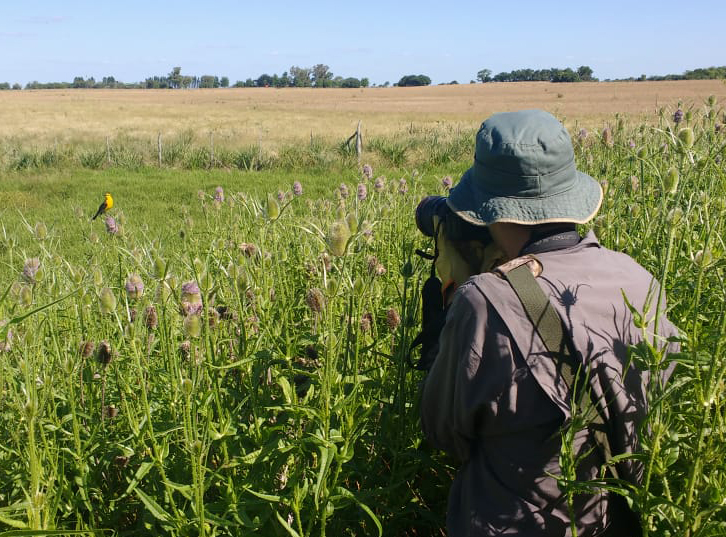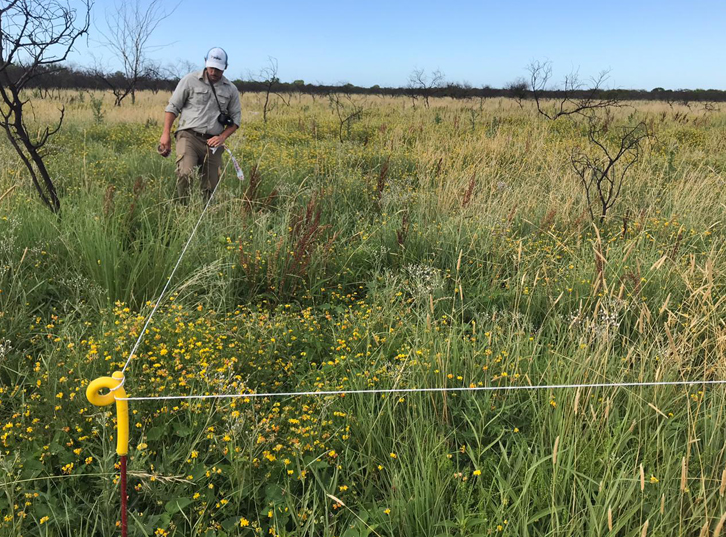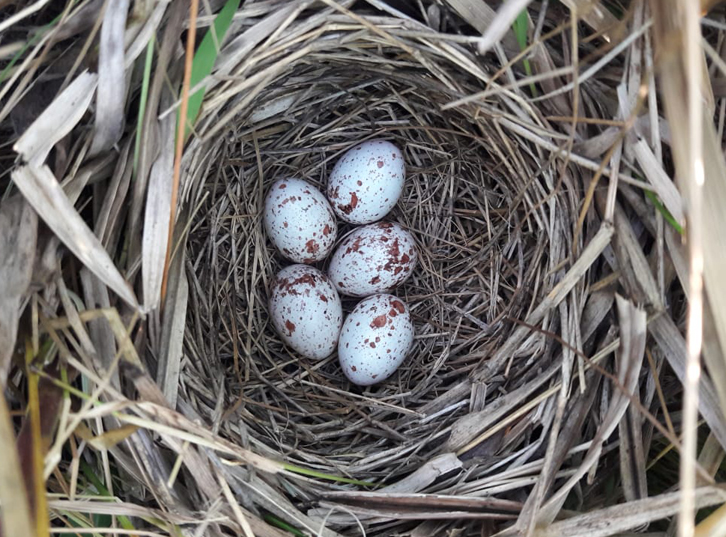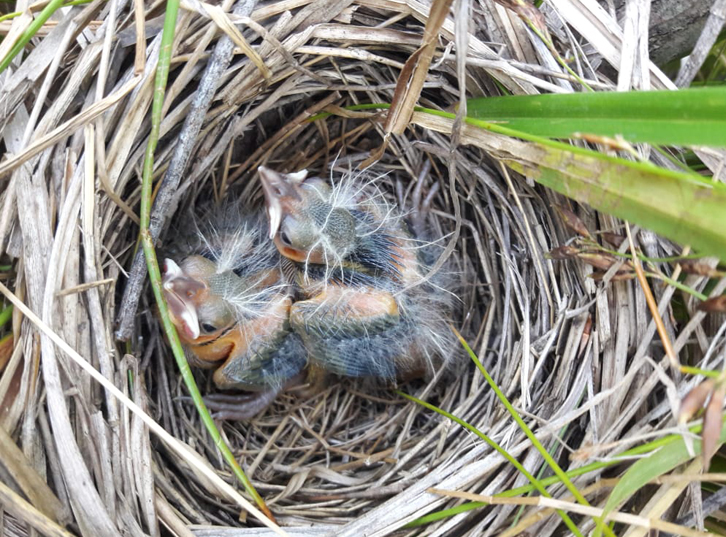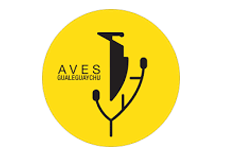conservation
saffron - cowled blackbird
The Yellow Thrush (Xanthopsar flavus) is one of the most emblematic birds of our natural grasslands and one of the most endangered species in Argentina, at serious risk of extinction. It is estimated that there are only about 600 individuals left, distributed in small populations along the coast of our country (Corrientes and Entre Ríos).
It is a species with a scattered and fragmented distribution, inhabiting and nesting in grasslands and marshes with dense vegetation, forming colonies in different places each year, depending on the food available and the changes in the environment it uses.
In Entre Ríos it has been declared a Natural Monument since 2004, by decree 4952/04 of the General Directorate of Natural Resources, Forestry and Alternative Economies.
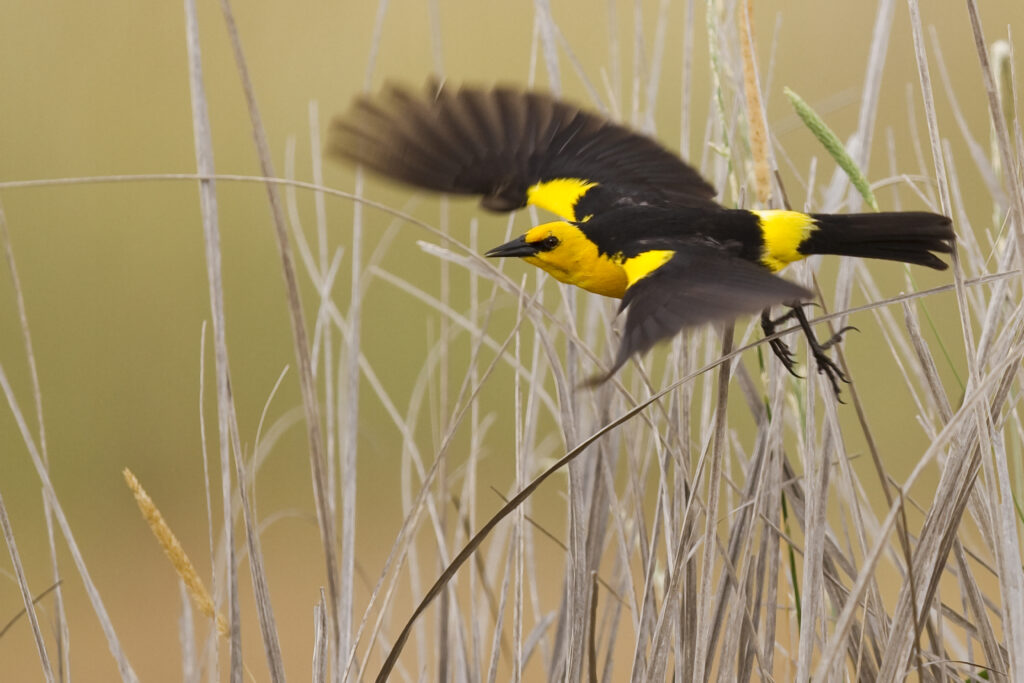
collaborating in its conservation
The El Potrero Reserve, being located in one of the few nesting areas of the Yellowthroat colonies, joins its efforts every year to help their conservation, collaborating with monitoring, colony and nest searches, and providing logistical support to researchers working with this species.
For several years, the NGO Aves Argentinas, together with CECAL CONICET and local organisations, has been carrying out the Yellow Thrush Project with the aim of protecting the last wild populations in the provinces of Corrientes and Entre Ríos in order to save this species categorised as ‘Endangered’ on a global scale.
During the breeding season, the campaign implements a monitoring system through the so-called ‘Colony Guardians’: volunteers who contribute with time, effort and knowledge to guard the few eggs and chicks produced each year by this species from sunrise to sunset. It has been proven that the possibility of identifying, protecting and monitoring each nest has greatly increased the reproductive success of this bird.
Reserva El Potrero collaborates with these campaigns and provides logistical support to researchers and volunteers.
